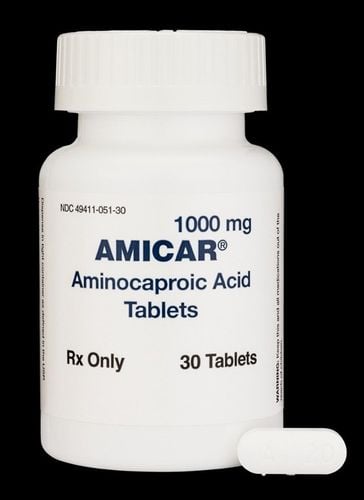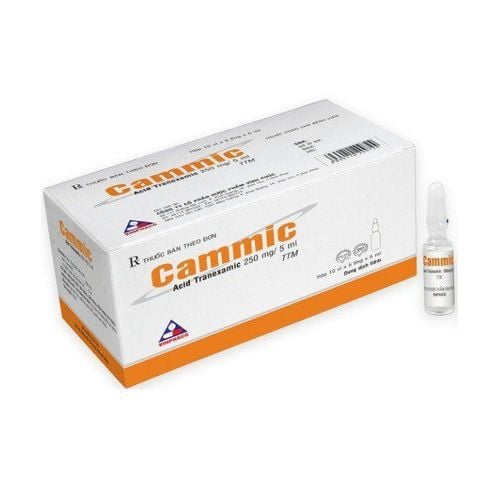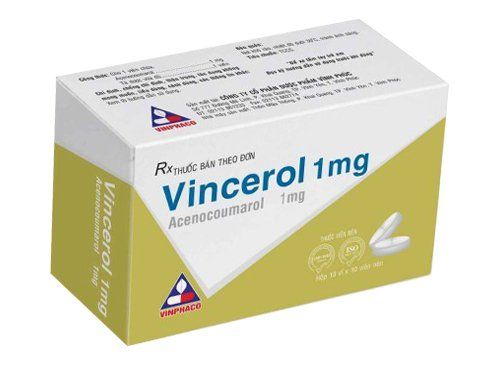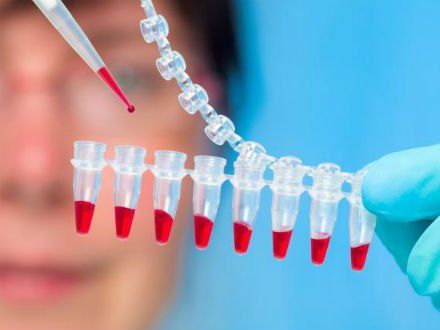This is an automatically translated article.
The article was professionally consulted by Associate Professor, Doctor, Doctor Le Ngoc Hung - Dean and Doctor Bui Thi Hong Khang - Laboratory Department - Vinmec Central Park International General Hospital.APTT test or activated partial thromboplastin time test is one of the hematology tests done during routine physical exam, liver function test, coagulopathy or mandatory pre-operative testing. when performing surgery.
1. What is the APTT thromboplastin test?
APTT (activated partial thromboplastin time) also known as activated partial thromboplastin time test is used to investigate the calcium recovery time of plasma citrate after incubation with moderate amounts of kaolin (activated contact factor). and cephalins (platelet factor 3 replacement) help accurately assess factors of the endogenous coagulation pathway.
Thromboplastin (factor III) released by damaged tissue will react with prothrombin along with calcium (IV) to produce thrombin, converting fibrinogen to fibrin (I) which will participate in blood clotting.
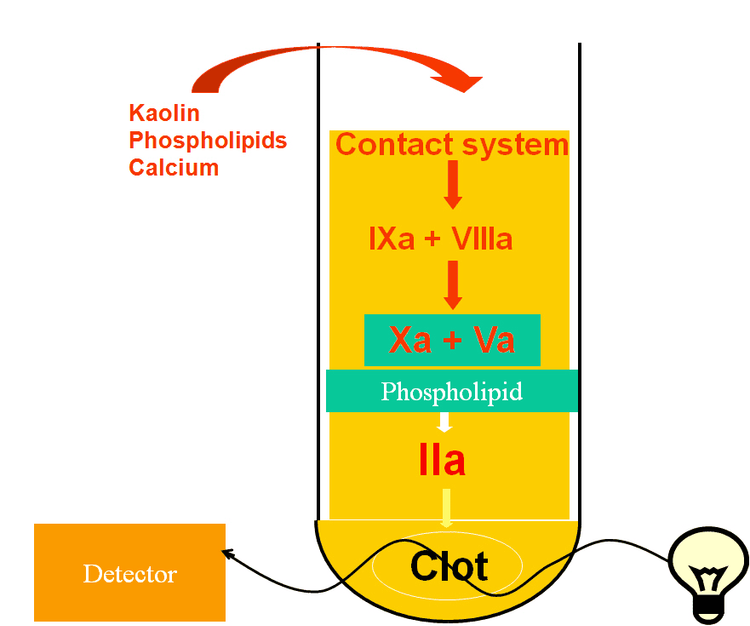
Xét nghiệm APTT (activated partial thromboplastin time)
2. When should the APTT test be done?
As a test for hemostasis, a partial APTT test will need to be performed in the following situations:
The patient needs surgery or hemostasis support when the APTT test will help indicate exactly what is wrong with the patient's hemostasis to give a remedy Diagnose a clotting disorder and the extent of the disorder in this pathology Perform preoperatively to prepare medication to support the patient if needed .
3. Test results and meaning
APTT of normal plasma varies from 25 to 35 seconds depending on the type of cephalin-kaolin and the technique used by the laboratory.
Test results expressed as disease/control ratio:
rAPTT = disease APTT/control APTT normal rAPTT ranges from 0.85 to 1.2. If the APTT is prolonged, i.e. the sample lasts more than 8 seconds than the control, or the rAPTT is >1.2, then the patient has an endogenous coagulopathy (hypocoagulability) due to:
Possible congenital factor deficiency ( hemophilia,...) Due to the coagulation factor consumed is in the syndrome of disseminated intravascular coagulation, fibrinolysis Due to severe liver failure, the factor cannot be synthesized Due to the presence of internal clotting inhibitors in the blood birth The patient was treated with standard heparin.
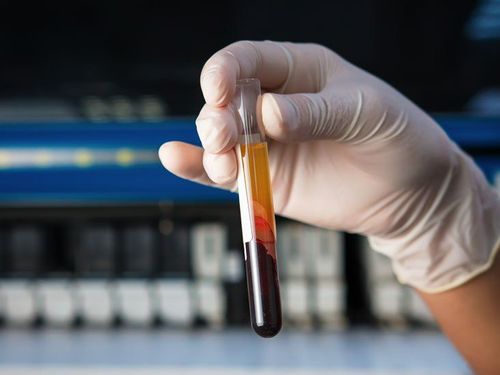
Xét nghiệm đánh giá khả năng đông cầm máu
4. Factors affecting test error
4.1 Due to patient sample
Blood sample is coagulated, wrong anticoagulant ratio or wrong anticoagulant, anticoagulant is damaged, heparin contamination due to blood collection Process cloudy plasma or broken red blood cells Blood sample is more than 4 hours since the blood draw. 4.2 Due to means and chemicals, techniques
Due to the unsatisfactory amount of CaCl-2M/40 and cephalin-kaolin, the storage period is exceeded. The control plasma sample is not collected or collected from less than 5 people. using unclean pipette damaged, not sure of volume Incorrect coagulation analyzer The operator did not follow the procedure correctly, read and miscalculated the results. To register for examination and treatment at Vinmec International General Hospital, you can contact Vinmec Health System nationwide, or register online HERE.
MORE:
Blood clot formation in stroke How does a blood clot form in a vein? Can amniotic fluid test diagnose hemophilia?




